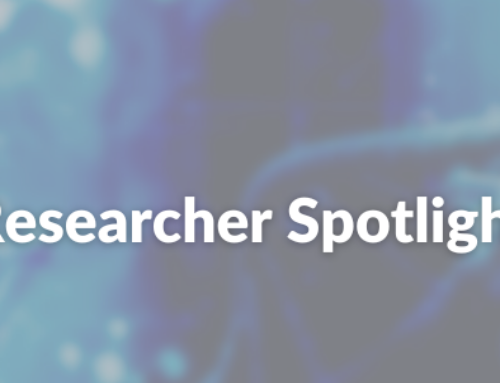By Jineta Banerjee and Robert Allaway
Drug discovery studies are challenging to conduct for rare diseases because there often isn’t enough relevant biological data. Small, or underpowered, datasets hinder the effectiveness of the statistical methods that researchers typically use to identify potential drug targets and to generate hypotheses for experimentation. But, in neurofibromatosis type 1 (NF1) research, there has been an effort among patients, researchers, clinicians, and funding partners to increase the availability and accessibility of data. In a recent article published in the journal Genes, we share how we were able to apply sophisticated computational methods to an aggregated group of small NF1 datasets to generate insights about potential drug targets.
Title: Integrative Analysis Identifies Candidate Tumor Microenvironment and Intracellular Signaling Pathways that Define Tumor Heterogeneity in NF1
Journal: Genes
Authors: Jineta Banerjee, Robert J. Allaway, Jaclyn N Taroni, Aaron Baker, Xiaochun Zhang, Chang In Moon, Christine A. Pratilas, Jaishri O. Blakeley, Justin Guinney, Angela Hirbe, Casey S. Greene, and Sara JC Gosline
Link: https://www.mdpi.com/2073-4425/11/2/226/htm
NF1 is a rare genetic disorder that affects over 2.5 million people globally. The disease is a result of mutations in the NF1 gene and it can cause heterogeneous tumors, including cutaneous neurofibromas (cNFs), plexiform neurofibromas (pNFs), and malignant peripheral nerve sheath tumors (MPNSTs). While there is an incredible amount of research on NF1, there are very few safe and effective drugs to treat the various types of NF1 tumors. But, machine-learning methods can be powerful tools for accelerating drug discovery in NF1.
In the study, we relied on the NF community’s data-sharing efforts to identify important biological signatures in NF1 tumors. To do this, we applied machine learning methods that first learn biological patterns from large collections of data and then look for these patterns in different datasets, such as the ones that exist in NF1. We then characterized these patterns using statistical approaches and systems biology methods and were able to identify enrichment of signals related to immune cells as well as possible drug classes for follow up in NF, pNF, and MPNST research. We further found that histone deacetylase (HDAC) inhibitors, which have been observed to work well in preclinical models of MPNSTs, may be worth exploring as a potential therapy for cNFs.
Our re-analysis of NF1 data in this study, enabled by access to data generated by the NF community researchers and encouraged by research-forward funding partners like Neurofibromatosis Therapeutic Accelerator Program (NTAP), showcases how shared data from various groups can together power sophisticated analyses which would otherwise not be possible for each of the datasets separately. For rare diseases, this approach is extremely valuable since patient data is sparse and precious. We hope that our efforts and the results showcased in this article will not only inform experimental researchers of probable hypotheses to test, but also encourage them to share their data more readily to power even more sophisticated analyses in the future.
Jineta Banerjee and Robert Allaway are co-lead authors on this study.



